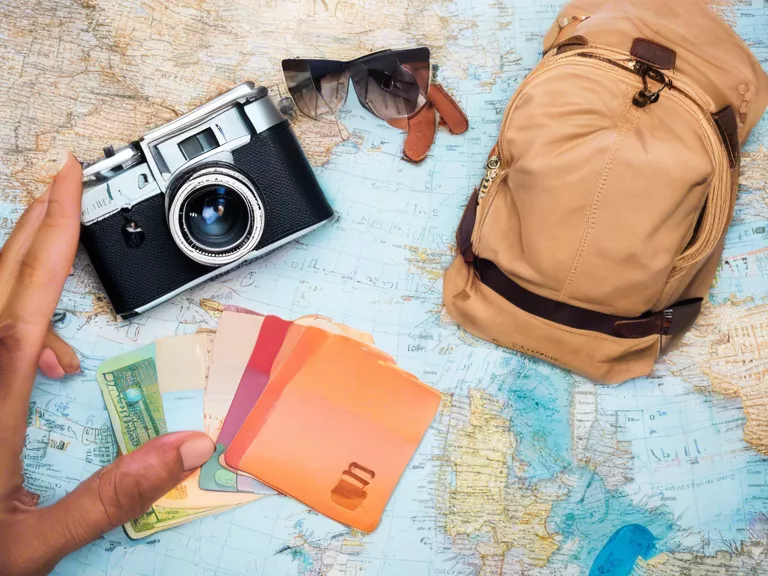
Travel photography is a way to capture memories and experiences from your trips, and landscapes are often some of the most stunning subjects to photograph. To help you take your landscape photography to the next level, we've compiled a list of the best travel photography tips for capturing stunning landscapes. From choosing the right equipment to finding the best lighting, these tips will help you create breathtaking images that truly showcase the beauty of the places you visit.
First and foremost, invest in a good quality camera and lens. While smartphones can take great photos, a DSLR or mirrorless camera will give you more control over settings like aperture and ISO, allowing you to capture sharper and higher-quality images. A wide-angle lens is also essential for capturing vast landscapes in all their glory.
When it comes to composition, the rule of thirds is your best friend. Divide your frame into thirds both horizontally and vertically, and place your main subject or focal point at one of the intersecting points. This will create a more visually appealing and balanced image. Don't forget to also experiment with different angles and perspectives to add depth and interest to your photos.
Lighting plays a crucial role in landscape photography, so aim to shoot during the golden hours – the hours around sunrise and sunset. The soft, warm light during these times will add a magical quality to your photos and make the colors of the landscape pop. If you're shooting during the day, try to avoid harsh overhead sunlight by shooting in the early morning or late afternoon.
Don't be afraid to use filters to enhance your images. A polarizing filter can help reduce glare and enhance colors, while a neutral density filter can help you achieve long exposure shots of waterfalls or rivers. Experiment with different filters to achieve the desired effect and add a creative touch to your photos.
Lastly, take your time to scout locations and plan your shots. Research the best viewpoints, consider the weather conditions, and be patient – sometimes you have to wait for the perfect moment to capture a truly stunning landscape. Remember, practice makes perfect, so keep experimenting and refining your skills to become a better travel photographer.



